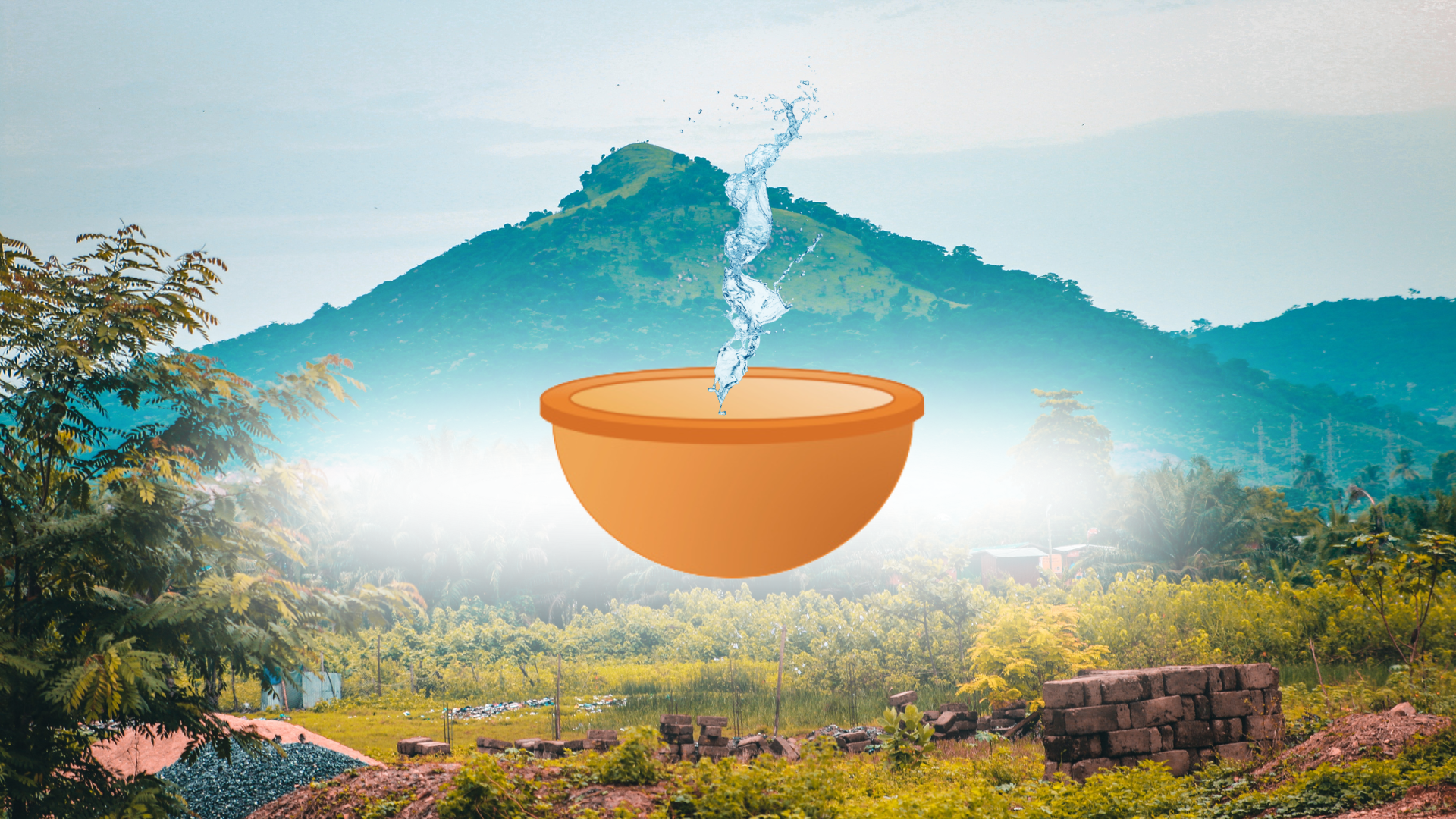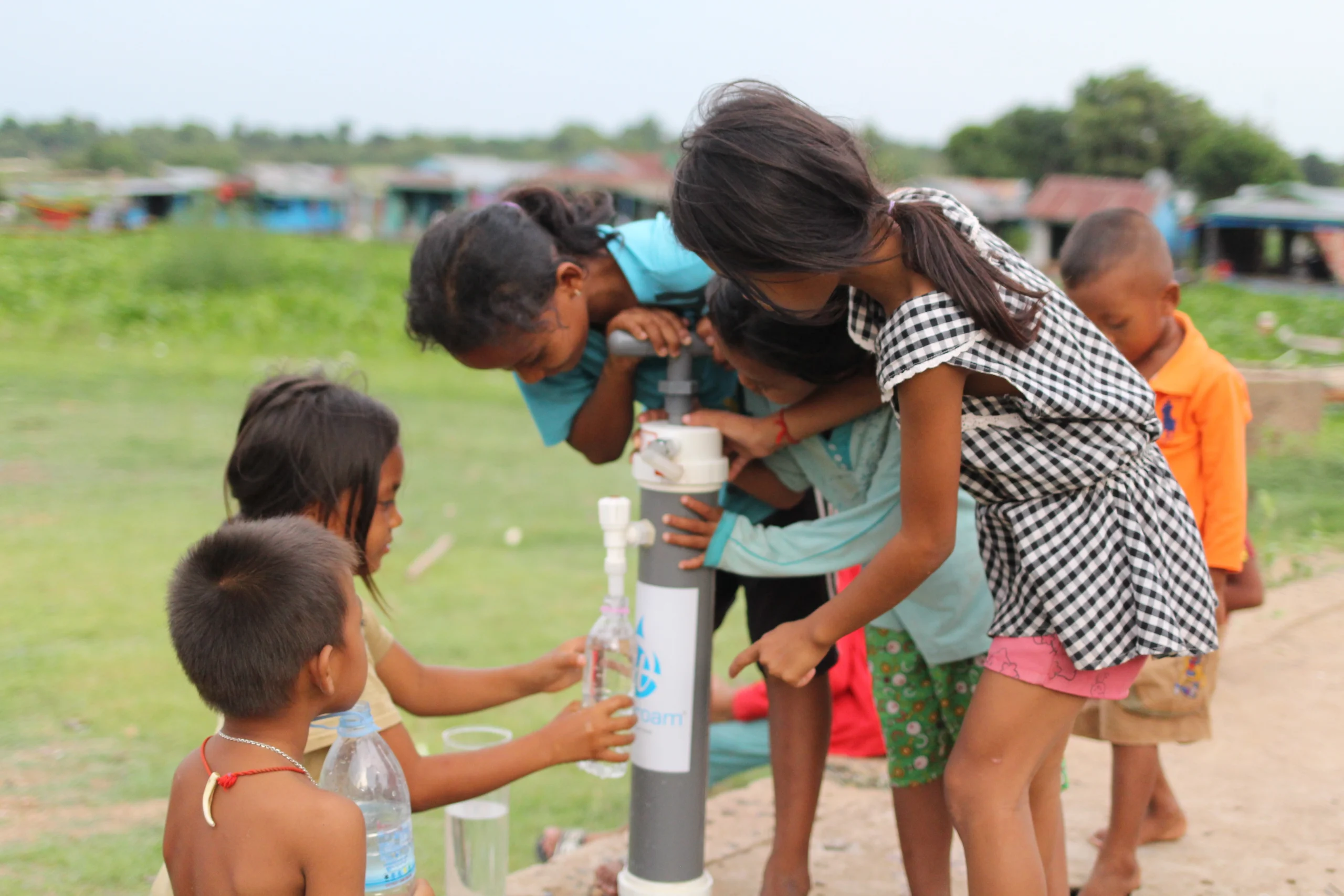Hiking national parks in 2023: Essential items
By Ashwatch Krishnan
Hiking the national parks is one of the most popular experiences for outdoor enthusiasts. The unique features of each park allow visitors to soak in the variety of experiences the United States wilderness has to offer. National parks offer a great getaway into nature for both you and your family. However, as with any other vacation, planning a trip to a national park does require some preparation to ensure that everything goes according to plan. As relaxing as surrounding ourselves with nature can be, it’s also important to remember that nature is a force to be reckoned with. The outdoors can be dangerous and even deadly for those who come ill-prepared. Before hitting the parks this summer, ensure that you have everything you need for a successful journey.
Hiking basics
For starters, it’s always important to remember the basics. Regardless of hiking experience, it can be easy to forget the most important things. These are the items that you probably have packed already if you are planning on hiking national parks, but we will list them anyway as a reminder.
Hiking Attire
Proper attire is essential. The most important part of any hiking outfit is reliable footwear. Stay safe by choosing a sneaker or boot that provides good traction that will prevent you from slipping or falling on rough terrain. Beyond footwear, you should also learn what you can about the climate of the region you will be visiting, and check the local weather forecast. The weather can change quickly, especially if you’re hiking in a national park where the elevation varies. It’s usually best to keep a waterproof jacket and pants on hand, in case the weather takes a turn for the worse. Accessories such as gloves and hats may be useful too, and always remember to pack so that you’re prepared for any scenario.
Food and Water
Fueling your body is an essential part of hiking. Food and water will give your body the energy to explore the outdoors and keep you safe from the dangers of exhaustion. Remember to consume more water than usual if you are completing a hike in a more arid climate, such as if you were hiking Death Valley National Park, and eat before and during long treks. Some typical hiking mainstays include protein bars, trail mix, beef jerky, and other nutrient-dense, compact foods that don’t require refrigeration.
Additional National Parks Hiking Gear
There is no shortage of additional, helpful gear to include on your trip hiking a national park. From first aid kits, insect repellent, sunscreen, knives, water reservoirs, and sunglasses, to binoculars, folding chairs,and bear spray, the list goes on and on. However, when you start to add these to your packing list you might notice your bag getting heavier and heavier. So, we cut it down to our “must haves” when hiking national parks this year.

Clean Water Gear
You’ve probably heard the common fact that says you can survive only 3 days without water. In addition to survival, water is essential to simply making sure our bodies are functioning properly. Dehydration on a hike can lead not just to discomfort, but to sickness and confusion which may cause much larger problems for hikers. That’s why it’s essential to be able to secure clean water on your hike.
Water Purification Tablets
Water purification tablets are a great lightweight option for securing clean water on your journey. Utilizing these on your trip will allow you to do away with having to carry bulky, large water coolers and containers, as most tablets take up very little space. Now, you can focus on actually enjoying your hike as opposed to lugging a load of equipment along! Tablets also serve as a great alternative to single-use plastic water bottles, which contribute to waste and aren’t sustainable long-term. Using water purification technology, you can now make use of any natural source of water you happen to come across, all while helping protect the environment that you’ve traveled to enjoy.
Water Filters
In addition to water purification technology, many water filters are engineered with outdoors enthusiasts in mind. A water filter can be used as an alternative to water purification tablets and provide instantly clean and safe water. One of the benefits of a filter is that it rids your water of dirt and sediment as well as harmful contaminants. However, a basic water filter may not always filter out contaminants as small as viruses. In these cases, you can always use water purification tablets like Aquatabs in conjunction with your basic filter.
You could also purchase a water filter bottle which provides water filtration and storage all in one. Water filter bottles such as the Uzima Z-source allow you to filter any source of freshwater and provide protection against microorganisms like bacteria and viruses. You could also use bottles like these interchangeably with Aquatabs depending on your need. Whether you find yourself in an emergency situation hiking national parks, or are simply looking for hydration along the way, water purification and filtration technology are essential to have on hand.

Finding Your Way when hiking national parks
Hiking national parks means exploring untamed, often expansive areas of wilderness. It’s likely you will encounter ill-marked hiking trails that don’t include signage for miles. If you are in a new area, or aren’t paying attention to your surroundings, you can easily become turned around and find yourself lost.

Light source
Oftentimes, hiking national parks can take longer than anticipated due to breaks, hiking at a slower pace, or changes in the elevation. You never want to find yourself in a race against the clock, trying to make it back to the trailhead before the sun goes down. As beautiful as our national parks are, they are home to an abundance of wildlife, some of which you wouldn’t want to necessarily cross paths with after dark. That’s why it’s important to pack a light source in the event that you find yourself lost with the sun quickly setting.
A headlamp works for hands free navigation, while other pieces of equipment such as a lantern or flashlight may offer more lumens, allowing you to see farther. You can also use your light source to signal for help in the event you find yourself lost, or in any other emergency situation after dark. Either way, it can be a lifesaver.
GPS
Knowing where you are is important when hiking. This can help you prevent wrong turns, and help you gauge how far you’ve gone on the route you have planned. This will help you keep your mind at ease even in the largest of our national parks. While Google or Apple maps work great in an urban environment, many national parks have spotty cell service which can make these applications unreliable. Some hiking apps that show trail routes offer GPS directions “offline” that you can download in the event you lose cell service. However, cell phone batteries can run out quickly, rendering you lost in an instant.
So what are the alternatives? Physical maps are useful and require no electricity, but they may not always be updated, and are more susceptible to the elements. The best option is to opt for a GPS smart watch that has a long battery life. This can make your life easier on the day to day, help you track your progress as you hike, and even save your life in the event of an emergency.
Take on the Outdoors
If you are new to the world of outdoor recreation and exploration, then this list for hiking national parks is the perfect starting point to make sure that you are prepared for your next national park visit. If you are a veteran hiker, leave a comment about your favorite pieces of gear to bring along, and what you would recommend to those who are new to exploring the outdoors. Happy Hiking!





